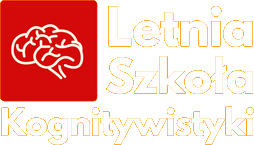During the seminar, participants will have time to focus on the details of a model of cognition based on conceptual spaces. I will lead a discussion towards the possibility of using conceptual spaces in the architecture of humanoid robots expressing emotions.
I will present ways in which emotional states can be implemented in robots, distinguishing between robots that are programmed to prioritise superficial displays of human-like emotions (Geminoid, a doppelganger used to stand-in for its human designer) and robots equipped with an emotional architecture (Kismet, a cartoon head from MIT).
A biologically inspired model based on conceptual spaces has been used to study the cognitive basis of autism. It is argued that the conceptual space of an autistic cognition contains a dense net of prototypes and consequently information processing requires readjustment. Without taking a strong position on autism, I use this example to show how the structure of the conceptual area can vary, how the density of protypes can affect chains of inference, how it consequence it can influence computation capacities and type of conclusions reachable by chains of inference. I use the example of Antonio Chella’s architecture based on conceptual spaces, implemented in social robots designed to facilitate interaction between children in and outside spectrum of autism.
I will use the knowledge about the ability to modify the density of prototypes in a conceptual space to initiate a discussion on the creation and manipulation of emotional structure in social robots.
Workshop
- Paul Dumouchel, Luisa Damiano, Living with Robots, Harvard University Press, 2017
- Introduction available at Look Inside service of Amazon and Books.google.com offers some insight as well.
- Antonio Chella, Conceptual Spaces and Autism, 2016 and a link to the Prezi presentation.
- Sherry Turkle, Why these friendly robots can’t be good friends to our kids, 2017
